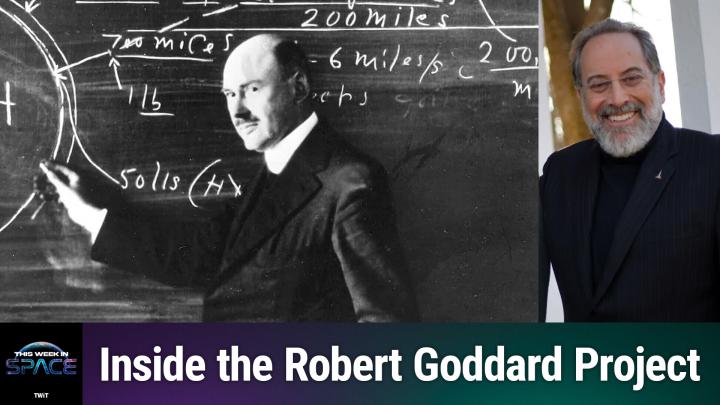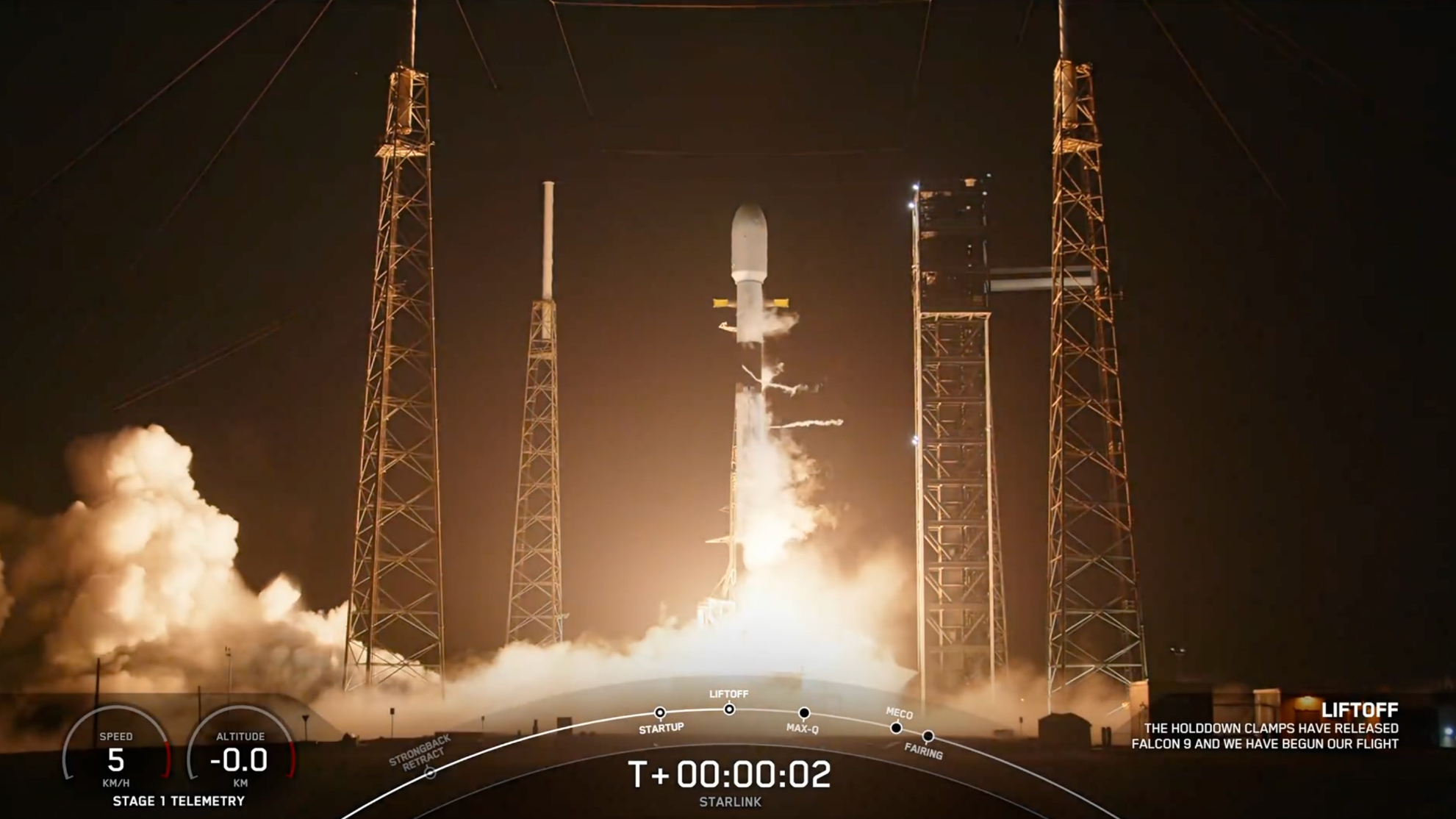Finding Other Worlds
People have long gazed at the sky and wondered if there were other worlds--Earths--in orbit around the distant stars. Since the 1992 announcement of pulsar planets by Alex Wolszczan, more than 130 giant (Jupiter and Saturn size) planets in orbit about nearby stars have been discovered using ground-based telescopes. In 2007, NASA's Kepler Mission will begin the space-based search for extrasolar planets. Over its planned observing lifetime, Kepler is likely to discover many hundreds of extrasolar planets both large and small. As a space-based satellite, Kepler is the first observatory capable of finding Earth-size worlds in the habitable zone of distant Suns. In other words, Kepler may find "good places to live."
We humans likely discovered other worlds before we learned to write. We've long known about the 7 objects that move across the background of fixed stars: 5 planets and the Sun and Moon. The planets are Mercury, Venus, Mars, Jupiter, and Saturn. The Greek word, planetes, means "wandering star". These naked-eye worlds were discovered and rediscovered in ancient cultures around the world as their varied names in different languages reveal.
On a clear night, you are likely to see one or more of the naked-eye planets as they are among the brightest star-like objects in the sky. In January 2005, planet seekers need to rise early, as Mercury, Venus, Mars and Jupiter are best seen before dawn. Saturn is up in the evening sky, and rises in "opposition" on January 13. Opposition means that Saturn is opposite the Sun in our skies; it rises as the Sun sets. Opposition signals the closest approach of Earth to Saturn, and this time it nearly coincides with the January 14th landing of the Huygens on Titan. The positions of the planets change continuously as they orbit the Sun. Night-by-night observing guides make it easy to find and track the wandering stars.
Until telescopes were invented, we didn't know about the dimmer and more distant worlds of our solar system: Uranus, Neptune and Pluto. With telescopes, Uranus was discovered in 1791, Neptune in 1846, and Pluto in 1930. Some argue that Pluto is actually not a planet, but the largest of the Kuiper Belt Objects (KBOs), tiny icy bodies that orbit the Sun far beyond Neptune. The first KBO was discovered in 1992, and several hundred more have been found since then. Bigger and better instruments expand our ability to discover more worlds beyond our own.
We've also discovered many moons besides our own. In 1610 Galileo pointed his telescope at Jupiter and discovered its four largest moons. Today, about 140 moons are known in our solar system. This number goes up as spacecraft exploring the outer planets find more and more tiny moons. Jupiter has more than 60 and Saturn more than 30.
New tools enable new discoveries. When the Kepler Mission begins to search for other worlds, it will certainly discover more giant planets because we know giant planets orbiting other Suns exist from our ground-based discoveries. As a space-based observatory, Kepler can measure the minute dip in a star's light that signals a small planet like Earth is crossing the face of its Sun as seen from our solar system.
Today, we know of Earth-size worlds only in our own solar system. With Kepler, we may discover that Earths exist elsewhere in our galaxy, circling other Suns. We may find that planets like Earth are not rare, but common. Conversely, if we do not find other Earths, our concept of star and planet formation is open to question. In either case, our understanding of our planet and our place in the universe will change.
Get the Space.com Newsletter
Breaking space news, the latest updates on rocket launches, skywatching events and more!
Sky Gazing:
Guides are offered at several user-friendly websites for exploring the night sky.
http://www.space.com/spacewatch/
Sky and Telescope: Check out the links under "observing" http://skyandtelescope.com/
Abrams Planetarium: the classic "Skywatcher's Diary" for introductory stargazing
http://www.pa.msu.edu/abrams/Diary.html
Astronomy Magazine: Obtain a customized star map for your location and time using the "Stardome" feature: http://stardome.astronomy.com/stardome/default.aspx
Join our Space Forums to keep talking space on the latest missions, night sky and more! And if you have a news tip, correction or comment, let us know at: community@space.com.

Edna DeVore is a science and astronomy educator and the former Director of Education and Public Outreach for the SETI Institute. She earned an undergraduate degree from the University of Pacific followed by a master's degree in instructional technology from San Jose State and a master's in astronomy from the University of Arizona. In 1992, Edna joined the SETI Institute, where she wrote features on space exploration, astrobiology and more, some of which appeared on Space.com. She was among the first principal investigators to propose projects to NASA's Office of Space Science and receive funding for educational programs. Edna went on to work on education and public outreach for NASA's Kepler space telescope and SOFIA flying telescope missions. Edna received numerous awards during her tenure at SETI, including NASA Honor Awards for her work on Kepler and SOFIA, and Aerospace Awareness Award for Women in Aerospace in 2005. Edna retired in 2013.









